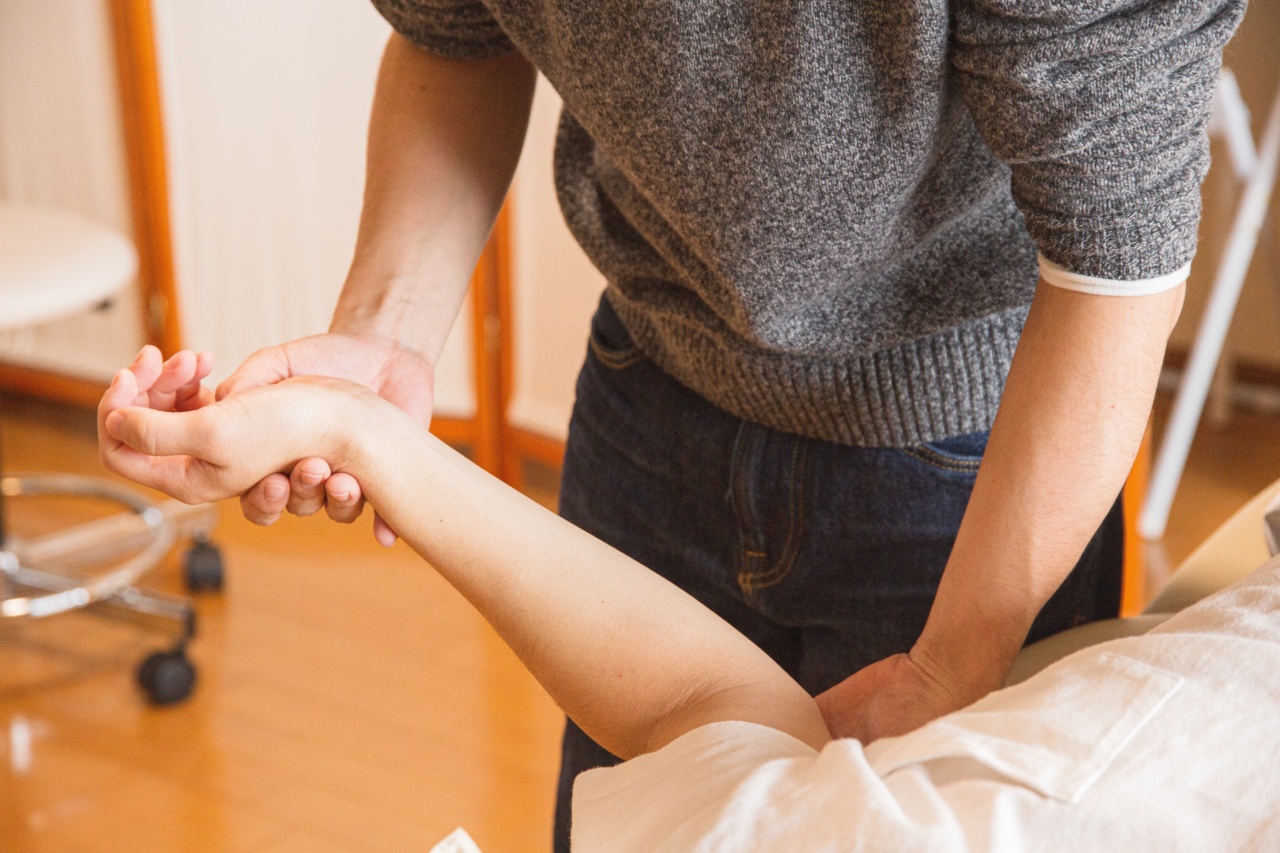Sexual injuries can occur during consensual sexual activity or non-consensual assault. While these injuries can vary in severity, it’s important to know the signs and symptoms and how to seek treatment.
This article will cover common sexual injuries and their treatments.
Bruising and Hickeys
Bruising and hickeys are common sexual injuries that occur when the skin is sucked or bitten. These injuries are often harmless and will clear up on their own, but ice packs and over-the-counter pain relievers can help reduce pain and swelling.
In rare cases, bruising can be a sign of an underlying medical condition or internal bleeding, so if you notice excessive or unexplained bruising, seek medical attention.
Torn or Irritated Genital Tissue
Torn or irritated genital tissue can occur during sexual activity that is too vigorous or aggressive. Symptoms include pain, bleeding, and swelling.
Treatment depends on the severity of the injury and can range from basic wound care to surgical repair in extreme cases. It is important to avoid sexual activity until the tissue has healed to prevent further damage and increase the risk of infection.
Penile Fracture
Penile fracture is a serious sexual injury that occurs when the penis is forcefully bent while erect. Symptoms include a popping sound, severe pain, immediate loss of erection, and bruising and swelling.
This requires immediate medical attention, as surgery may be necessary to correct the injury and prevent long-term complications such as erectile dysfunction.
Vaginal Trauma
Vaginal trauma can occur during sexual activity, childbirth, or assault. Symptoms include pain, bleeding, and swelling. Treatment depends on the severity of the injury and can range from basic wound care to surgical repair in extreme cases.
It is important to avoid sexual activity until the tissue has healed to prevent further damage and increase the risk of infection.
Anal Tears
Anal tears can occur during anal sex or other activities that involve penetration. Symptoms include pain during bowel movements, bleeding, and itching. Treatment may include over-the-counter pain relievers, stool softeners, and warm baths.
In severe cases, surgery may be necessary to repair the tissue.
STI or Pregnancy
Sexual activity can also result in sexually transmitted infections (STIs) or unwanted pregnancy. Symptoms of STIs include itching, discharge, and pain during urination or sex. Pregnant women may experience missed periods, nausea, and breast tenderness.
Treatment and prevention methods for STIs and pregnancy vary, so it’s important to seek medical advice if you suspect you may be affected.
Treatment for Sexual Injuries
The treatment for sexual injuries varies depending on the type and severity of the injury. In general, it’s important to rest and avoid sexual activity until the injury has healed to prevent further damage.
Mild injuries may heal on their own with basic wound care, such as cleaning the area and applying ice. More severe injuries may require medical attention, including surgical repair. It’s important to seek medical attention if you experience any symptoms of a sexual injury to prevent long-term damage or complications.
Prevention of Sexual Injuries
Prevention of sexual injuries involves communication, safe sex practices, and using caution during sexual activity. Make sure to communicate with your partner about what feels comfortable and what doesn’t.
Use condoms to reduce the likelihood of STIs and unwanted pregnancy. Use plenty of lubrication during sex to prevent tearing and irritation. And if you experience any pain or unusual symptoms during sex, stop and seek medical attention immediately.
Conclusion
Sexual injuries can vary in severity, but it’s important to seek treatment and prevent further damage or infection. By practicing safe sex and using caution during sexual activity, you can reduce the risk of sexual injuries.
And if you experience any symptoms of a sexual injury, seek medical attention to ensure proper treatment and prevent long-term complications.


























